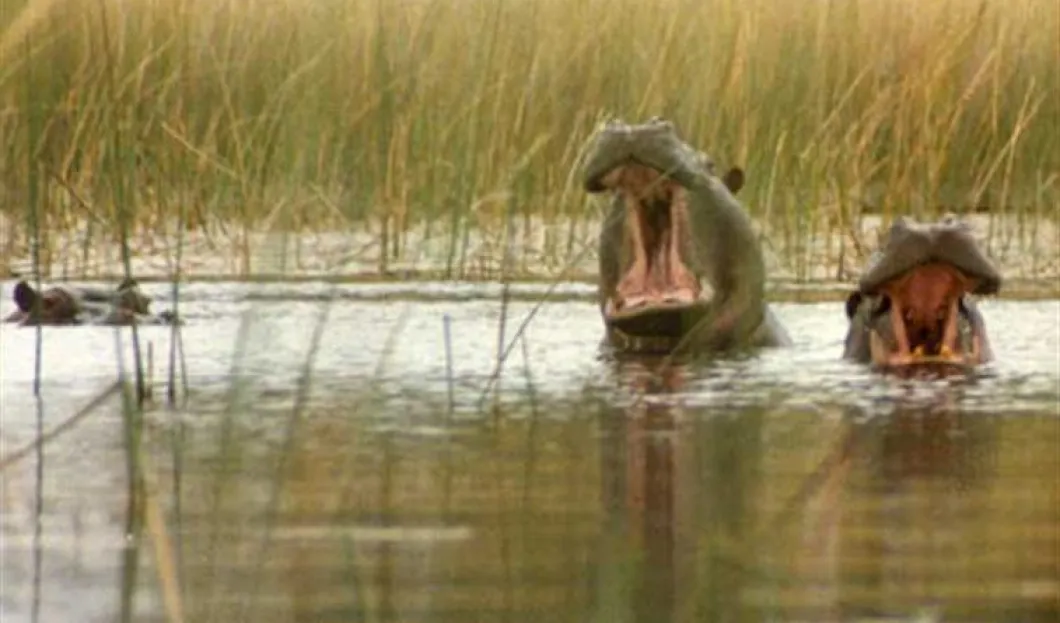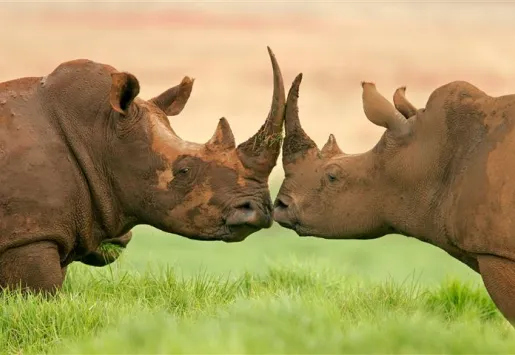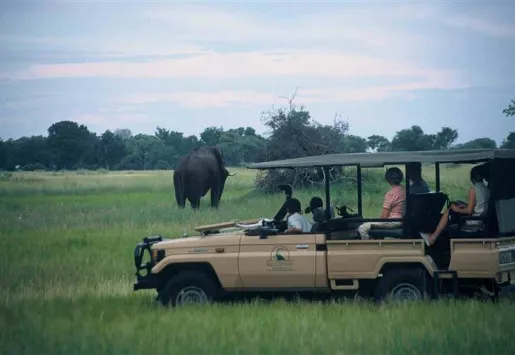
The Okavango Delta has a reputation of one of the most beautiful wetlands in the entire Africa, yet recent developments bring alarming news. Animal numbers appear to be plummeting and it is apparent the delta is in dire need of help.
The Okavango Delta, the world’s largest inland delta, has been a godsend for many Africans. The delta is located in Botswana, in the Kalahari Desert, and is home to a great number of diverse animal species. In fact, part of the delta is now the Moremi Game Reserve.
For decades, the delta has been attracting animal experts and adventurers with its fantastic selection of animals, yet recent years have proven rather harsh and suddenly, the numbers are dropping by thousands.
In fact, according to a recent aerial survey conducted in Northern Botswana, several of the mammal species in the delta have dropped by 60 %. The most alarming decline is in the case of wildebeest, currently at 1,995 compared to 23,538 in 1999. That is a horrifying piece of information.
The findings of the survey also include an 8 % decrease in giraffe numbers, Kudu has dropped by 11%, Lechwe by 7 % and Tseseebe by 13 %. What remains a rather bizarre question mark are the elephant numbers. While the remaining mammal species seem to be having a hard time, local elephant population is literally booming.
Some experts have been questioning the outcome of the survey, wondering about its legitimacy and suspecting such disturbing news may aim to draw the necessary international attention. On the other hand, conservationists are ringing the alarm bells.
Apparently, poaching is becoming an issue again, and if combined with other unfortunate conditions such as fences, fires and drought, local animals are in grave danger, indeed.
















The study that this article relates to has been seriously questioned by many environmentalists working in the Okavango region. Aerial surveys over such a large densely wooded area are unlikely to yield very accurate results.